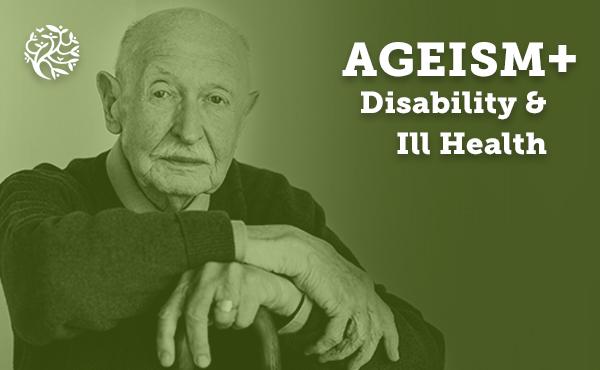According to government statistics, over a quarter of disabled people feel that they do not have choice and control over their daily lives.
While a lot of people might not want anything fancy, it would surely feel a lot less like a concession if those who had to use mobility aids had the option of choosing something that replicated the look and feel of a luxury car, a model that they felt at home with and, to be blunt, a vehicle that they actually liked.
It’s a common misconception that as aging occurs and getting about becomes more difficult that people simply lose interest in these activities. They just don’t have the tools required to enjoy them.
